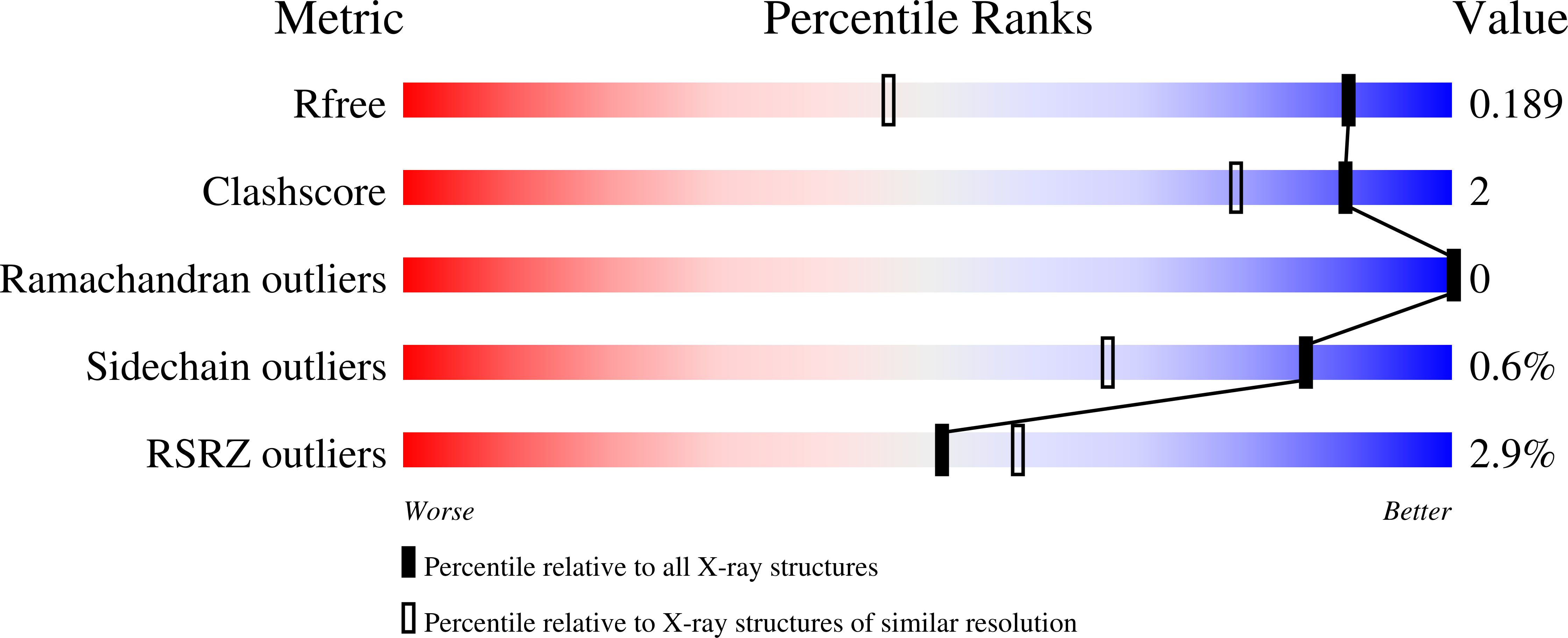
Deposition Date
2016-08-19
Release Date
2017-08-23
Last Version Date
2024-01-10
Entry Detail
PDB ID:
5LRL
Keywords:
Title:
CRYSTAL STRUCTURE OF HSP90 IN COMPLEX WITH A003492875
Biological Source:
Source Organism:
Homo sapiens (Taxon ID: 9606)
Host Organism:
Method Details:
Experimental Method:
Resolution:
1.33 Å
R-Value Free:
0.18
R-Value Work:
0.17
R-Value Observed:
0.17
Space Group:
I 2 2 2


